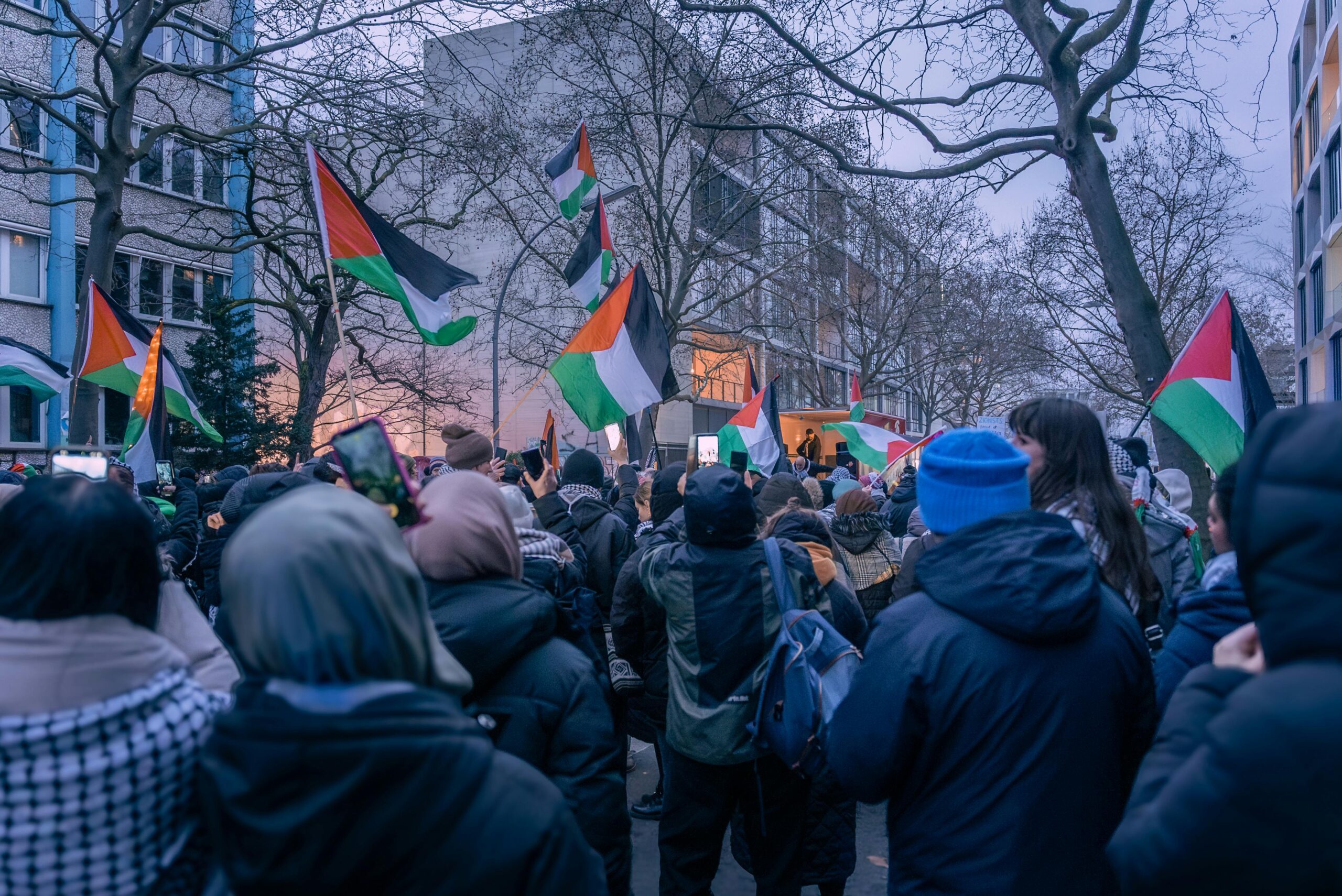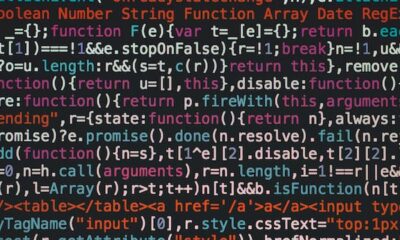World
Escalating Crisis: The Humanitarian and Death Toll in the Israel-Gaza Conflict

The latest updates on the Israel-Gaza conflict as of February 2024 highlight the continued escalation of violence and humanitarian crisis in the region. The death toll has significantly risen, with at least 29,708 Palestinians and about 1,139 Israelis reported killed since the conflict intensified on October 7, 2023. The situation in Gaza remains dire, with extensive damage to infrastructure, including homes, hospitals, and educational facilities. More than half of Gaza’s residential units have been destroyed or damaged, affecting the lives of millions of civilians. The Integrated Food Security Phase Classification reports that hunger levels in Gaza are the highest ever recorded, underscoring the severe impact of the conflict on the civilian population.
Israeli military operations have continued across the Gaza Strip, with ground operations intensifying, especially in the south of the besieged enclave. The casualty figures in Gaza include more than 12,300 children and 8,400 women killed, with more than 69,333 individuals injured. The blockade and attacks have severely limited access to essential services, with numerous hospitals partially functioning and a collapse in telecommunications infrastructure, making it difficult for residents to access vital information or seek safety.
The international community has expressed concern over the use of starvation as a weapon of war and the impact of the ongoing blockade on Gaza’s population. The conflict has also seen a high number of journalists killed, with at least 99 journalists, mostly Palestinians, having lost their lives since the conflict began. The humanitarian and economic situation in Gaza continues to deteriorate, with calls for immediate international intervention to address the crisis and prevent further loss of life.
Politics
Challenges and Changes: PTI’s Political Struggle Amid Leadership Convictions

The Pakistan Tehreek-e-Insaf (PTI), led by former Prime Minister Imran Khan, is facing a series of significant challenges. Despite winning 93 seats in the election, more than any other party, PTI finds itself in a complex situation with Khan imprisoned on multiple convictions. The party’s refusal to form a coalition with the major political parties PMLN and PPP, as Khan directed from jail, has isolated it politically. PTI has accused the election commission and interim government of electoral fraud, claiming it could have won as many as 180 seats without manipulation.
Adding to the party’s woes, several senior PTI leaders have resigned. Notably, Fawad Chaudhry, the senior vice president, and Asad Umar, the secretary general, stepped down from their positions, joining over two dozen other leaders who have left the party since Khan’s arrest. These departures have further weakened PTI’s internal structure and unity.
The PTI has also been hit by a wave of resignations, with key figures like Shireen Mazari leaving the party amid crackdowns following violent protests. Khan alleges that these departures are coerced, attributing them to pressure from external forces. Despite these challenges, PTI aides remain optimistic about the party’s appeal to the public and its prospects in future elections.
Recent legal and political developments, including court decisions allowing Khan one-on-one meetings with his lawyers and PTI’s strategic decisions regarding candidate nominations, highlight the ongoing political maneuvering within the party. PTI’s actions, such as boycotting elections for speaker positions and changing its candidate for the Punjab chief minister’s slot, reflect its current political strategy amidst a challenging landscape.
These developments suggest a tumultuous period for PTI, marked by internal strife, legal challenges, and a contentious relationship with other major political parties and the election commission. As PTI navigates these obstacles, the party’s ability to maintain cohesion and articulate a clear political strategy will be critical to its future success and influence within Pakistan’s political landscape.
Gaza
Airdrops Over Gaza: U.S. Intervention Amid Escalating Crisis

The latest developments on the Israel-Gaza war and humanitarian aid efforts include a significant airdrop of aid by the United States into Gaza. On March 2, 2024, the U.S. military, in collaboration with the U.S. Central Command and the Royal Jordanian Air Force, conducted a humanitarian assistance airdrop into Gaza, delivering approximately 38,000 meals between 3:00 and 5:00 p.m. This operation was part of efforts to provide relief to the civilians affected by the ongoing conflict.
The decision to airdrop aid came in the wake of a tragic incident where Israeli forces reportedly opened fire on a crowd of Palestinians waiting for food aid in Gaza City, resulting in at least 115 fatalities and hundreds of injuries. This incident has brought renewed international attention to the dire humanitarian situation in Gaza, where the conflict has led to significant casualties and a desperate need for basic supplies.
Amid the escalating violence and the unfolding humanitarian crisis, the international community’s efforts to mediate a truce and ensure the safe delivery of aid underscore the urgent need for a ceasefire. With the Muslim fasting month of Ramadan approaching, U.S. President Joe Biden expressed hopes for a ceasefire by March 10, highlighting the growing international pressure to alleviate the dire situation for Gazans. The recent U.S. aid airdrop, though a critical step towards addressing the immediate needs, also reflects the limitations and challenges in providing sufficient humanitarian assistance through airdrops, which are considered a measure of last resort. As negotiations for a ceasefire continue, with mediators including Egypt and Qatar facilitating talks between Israel and Hamas, the focus remains on saving lives and preventing further escalation of the conflict.
Further complicating the situation, ongoing Israeli strikes continue to cause civilian casualties. In one such instance, at least 25 people were killed in Rafah, including 11 Palestinians who died when an Israeli airstrike hit a tent near a hospital. The overall death toll in Gaza has surpassed 30,000 since the beginning of the conflict, with health authorities in the region struggling to cope with the scale of the humanitarian crisis.
Efforts are underway to negotiate a ceasefire, with U.S. Vice President Kamala Harris expected to meet Israeli war cabinet member Benny Gantz to discuss the situation further. Meanwhile, international pressure is mounting for a ceasefire and the facilitation of more efficient humanitarian assistance for the people of Gaza.
Efforts are underway to negotiate a ceasefire, with U.S. Vice President Kamala Harris expected to meet Israeli war cabinet member Benny Gantz to discuss the situation further. Meanwhile, international pressure is mounting for a ceasefire and the facilitation of more efficient humanitarian assistance for the people of Gaza.
Business
AI Frontiers: Meta and Google’s Divergent Paths to Innovation

Google and Meta are making significant advancements in the field of artificial intelligence (AI), each with its unique approach and innovations.
Meta has taken a notable step by releasing LLaMA 2, its latest large language model, as open-source, allowing anyone to use it for free. This move aims to spur innovation and give Meta an edge in the competitive AI landscape. LLaMA 2 is part of a suite of AI models offered by Meta, designed to facilitate the development of commercial products and AI-powered applications. Despite its openness, LLaMA 2 shares the common challenges of large language models, including the potential to produce biased or offensive content. Nonetheless, Meta’s approach emphasizes learning and improvement through widespread usage and feedback.
On the other side, Google has been expanding its AI capabilities through a series of new tools and partnerships, focusing on enterprise applications. The company introduced a new version of its AI chips and unveiled enterprise-scale tools for identifying AI-generated images, enhancing security, and improving its office suite. These developments are part of Google’s broader strategy to integrate AI into its cloud services, offering access to its own models as well as those from other companies like Meta’s LLaMa 2. Google’s approach targets providing AI solutions that cater to the needs of large businesses, emphasizing a methodical and strategic adoption of AI technologies.
Furthermore, Google continues to evolve its AI offerings with the introduction of Bard, an experimental conversational AI service powered by LaMDA. Bard aims to harness the breadth of the world’s knowledge, combined with the capabilities of Google’s large language models, to provide users with high-quality, insightful answers to their queries. This initiative reflects Google’s ongoing commitment to integrating AI into its products, improving the utility and accessibility of information for users worldwide.
These developments underscore the rapid pace of innovation in the AI sector, with Google and Meta each pushing the boundaries in their respective domains. While Meta focuses on democratizing access to powerful AI models, Google is enhancing its enterprise and consumer offerings with advanced AI technologies, indicating a vibrant and competitive landscape that promises to bring transformative changes across various industries and aspects of daily life.
-

 Entertainment2 months ago
Entertainment2 months agoRedefining Elegance: The Rise of Pakistan’s Fashion Industry
-

 Tech2 months ago
Tech2 months agoThe Future of Bitcoin ETFs: How Close Are We to Regulatory Approval
-

 Business2 months ago
Business2 months agoMichael Saylor’s Bold Bitcoin Bet: A Look Back Three Years Later
-

 Cryptocurrwncy2 months ago
Cryptocurrwncy2 months agoEthereum’s Shanghai Upgrade: Unlocking a New Era of Staking and Scalability
-

 Business2 months ago
Business2 months agoMicrosoft’s AI Frontier: Transforming the Future of Work with Copilot Enhancements
-

 Business2 months ago
Business2 months agoCrackdown on Crypto: SEC’s Legal Battles with Coinbase and Binance
-

 Business2 months ago
Business2 months agoAI Frontiers: Meta and Google’s Divergent Paths to Innovation
-

 Sports2 months ago
Sports2 months agoWrestling’s Changing Guard: WWE’s Latest On-air Talent Shifts











